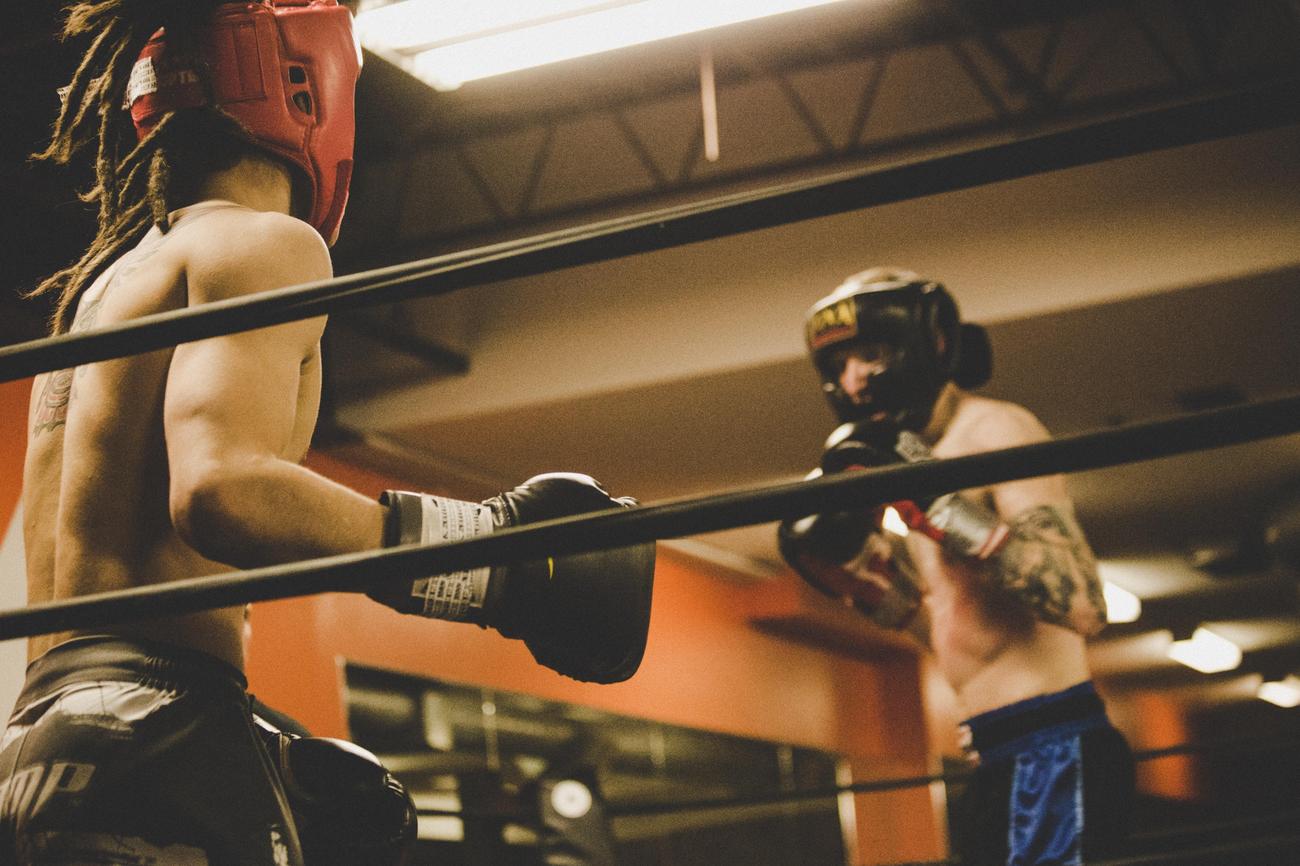Are you ready to dive into the fascinating world of sumo wrestling? Get ready to be captivated by a sport that goes far beyond the surface. In this article, we will uncover some hidden gems and intriguing facts about sumo wrestling that will leave you in awe. From its rich history and traditions to the unique techniques employed by its mighty competitors, prepare to be enlightened about the awe-inspiring world of sumo wrestling. So, fasten your seatbelt and join me on this thrilling journey as we unveil the intriguing world of sumo wrestling and explore its fascinating facts.

Fascinating Facts About Sumo Wrestling
Sumo wrestling, with its rich history and mesmerizing rituals, offers a captivating glimpse into the fascinating world of traditional Japanese sports. As we unravel the hidden gems of this awe-inspiring discipline, get ready to be amazed by the intriguing facts that lie beneath the surface. Brace yourself for a journey that will leave you in awe of the sumo wrestling world.
Sumo wrestlers were once thin and muscular. In its early days, sumo wrestling was a sport dominated by flat bellies and sculpted bodies. These wrestlers, known as rikishis, were hailed for their athletic prowess and agility rather than their sheer size. It wasn’t until the early 20th century that the sport took a monumental shift, embracing the behemoth-like figures we associate with sumo wrestling today.
Did you know that sumo wrestlers’ bodies have evolved dramatically over the years? From lean and muscular to massive and formidable, their transformation is a testament to the evolving nature of this ancient sport.
Sumo wrestlers throw salt into the ring before every bout to purify it. Picture this: as the wrestlers step into the ring, a cloud of salt fills the air. This seemingly peculiar ritual serves a purpose beyond mere spectacle. The act of throwing salt, known as shikon, is believed to cleanse and purify the wrestling ring, warding off evil spirits and promoting a fair and honest contest.
As the salt falls gracefully, watch as the sumo wrestlers prepare themselves mentally and physically for the intense battle that is about to unfold.
Sumo wrestlers must wear traditional Japanese attire with a topknot all the time. Adorned in traditional garb, sumo wrestlers showcase not only their strength but also their commitment to preserving ancient customs. With their hair styled in a distinctive topknot called a chonmage, these wrestlers honor the samurai lineage and exude a sense of timeless elegance amidst the raw power they wield.
Dressed in their dignified attire, sumo wrestlers bear the weight of tradition as they embark on the path of glory.
Sumo wrestlers are banned from driving. Behind the scenes of the sumo wrestling world lies an interesting restriction—sumo wrestlers are prohibited from driving cars. This regulation stems from the belief that wrestlers should focus solely on their training and avoid potential distractions or accidents on the road. Instead, they rely on public transportation or personal drivers to navigate their way through life.
In the pursuit of excellence on the dohyo, sumo wrestlers relinquish the wheel and entrust their journeys to others, ensuring their undivided attention remains firmly on their athletic aspirations.
Sumo wrestlers eat up to 7,000 calories a day but don’t suffer from obesity. Can you imagine consuming a staggering amount of calories and not experiencing the usual consequences? Sumo wrestlers have cracked the code. Their meticulously crafted diets focus on high-calorie, protein-rich meals, often including a delightful hotpot filled with fat, meat, vegetables, and noodles. This unique approach, combined with their rigorous training routines, allows them to maintain a formidable bulk without succumbing to obesity.
While the numbers on the scale may astound, the world of sumo wrestling teaches us that there is much more to physical well-being than meets the eye.
Sumo wrestlers only wear a loincloth called a mawashi. Stripped down to the bare essentials, sumo wrestlers don a simple, yet iconic, garment known as a mawashi. This loincloth, tightly wrapped around their waist, is both a symbol of tradition and a practical element of the sport. Without the encumbrance of excessive clothing, the wrestlers showcase their raw power and unwavering determination.
With their bodies not bound by fabric, sumo wrestlers embrace the purity of the sport, displaying their dedication and strength for all to see.
Sumo wrestlers weigh as much as 150 kilograms. Prepare to be astonished by the sheer magnitude of these legendary athletes. With impressive physiques that can reach staggering weights of up to 150 kilograms or more, sumo wrestlers exhibit an unparalleled presence. Their enormous size commands attention, making every bout a spectacle of immense proportions.
Standing tall and weighing heavy, sumo wrestlers inspire awe and admiration as they navigate the dohyo, showcasing the embodiment of strength.
Sumo wrestlers gain weight as an essential part of their training. Contrary to conventional athletic practices, sumo wrestlers strive to pack on pounds rather than shed them. Weight gain is an integral aspect of their training regime, as the added mass allows them to better absorb the impact of forceful attacks and maintain a stable center of gravity. Through their rigorous nutritional approach, wrestlers finely balance their weight gain to maximize their potential in the ring.
In the quest for total dominance, sumo wrestlers embrace the unconventional, proving that size truly does matter in their world.
Sumo life can be difficult, and sumo often live 20 years shorter than the average Japanese life expectancy. While we marvel at their extraordinary displays of power and technique, it’s important to acknowledge the sacrifices made by sumo wrestlers. Their intense training, grueling schedule, and excessive weight gain take a toll on their bodies over time. Regrettably, sumo wrestlers often have a shorter lifespan, living approximately 20 years less than the average life expectancy in Japan.
Beyond the applause and admiration, the world of sumo wrestling reveals the bittersweet reality that lies beneath the surface.
Through the looking glass of these fascinating facts, we witness the multitude of nuances that shape the enigmatic world of sumo wrestling. From the rituals and restrictions to the mind-boggling diets and colossal physiques, each element adds a layer of intrigue to this captivating sport. Step into the ring and immerse yourself in the extraordinary domain of sumo wrestling—an endeavor that surpasses mere athleticism to become a testament to the human spirit.
Beyond the strength and skill, sumo wrestling is a timeless testament to the human spirit—an ancient dance that embodies the pursuit of excellence.
Sumo wrestling is a fascinating and unique sport that traces its roots back centuries in Japan. If you’re curious to learn more about the intriguing world of sumo wrestling, we’ve got you covered. Click here to discover some fascinating facts about sumo wrestling that will surely leave you amazed and wanting to know more. So don’t miss out, dive into the captivating world of sumo wrestling by clicking this link: facts about sumo wrestling.
FAQ
Q: Were sumo wrestlers once thin and muscular?
A: Yes, in the early years of sumo wrestling, wrestlers were thin and muscular before the emphasis on weight gain became prevalent.
Q: Why do sumo wrestlers throw salt into the ring before every bout?
A: Sumo wrestlers throw salt into the ring as a ritual to purify it and drive away evil spirits before their matches.
Q: Do sumo wrestlers have to wear traditional Japanese attire with a topknot all the time?
A: Yes, sumo wrestlers are required to wear traditional Japanese attire known as a kimono and maintain a topknot hairstyle as part of their professional appearance.
Q: Are sumo wrestlers banned from driving?
A: Yes, sumo wrestlers are generally not allowed to drive due to concerns about their size and the potential risks associated with their physical condition.
Q: How can sumo wrestlers consume up to 7,000 calories a day without suffering from obesity?
A: Sumo wrestlers can consume such a high-calorie diet without becoming obese because their intense training and physically demanding lifestyle help them build muscle mass while managing their weight.
- Oconto Falls, WI: Your Guide to Small-Town Charm in the Green Bay Area - November 22, 2024
- Discover the Charm of City of Deephaven: Lakeside Living on Lake Minnetonka - November 22, 2024
- Discover the Borough of Frenchtown, NJ: A Delaware River Town Blending History, Art & Nature - November 22, 2024













